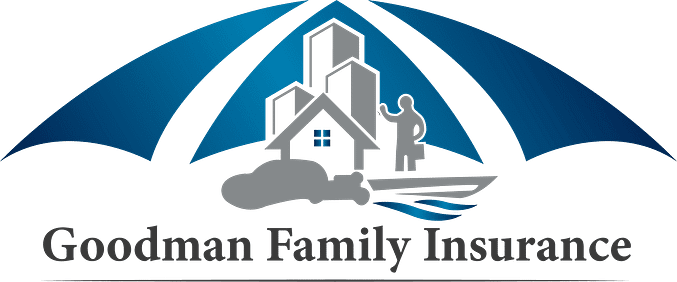Deer Collision Safety: Essential Tips for Commercial Fleets
Elijah Goodman | Oct 08 2025 15:00
Understanding the Seasonal Risk
As a fleet manager or commercial driver, you know how crucial it is to minimize risks that disrupt operations and compromise safety. The fall season, particularly from October to December, presents significant hazards with deer collisions being a major concern. Annually, these incidents account for about $1 billion in damages, with average repair costs nearing $3,000 per incident.
Be Mindful of Peak Activity Hours
Deer are most active during dawn, dusk, and the overnight hours. During these times, visibility is low, and the likelihood of encountering wildlife is higher. Adjusting your driving schedule to avoid these peak times where possible can reduce collision risk and associated costs.
Use High Beams Appropriately
When driving in rural or poorly lit areas, using your vehicle's high beams can significantly enhance visibility. This practice not only gives you a better chance of spotting deer from a distance but also helps in detecting other unexpected road hazards, allowing for more reaction time.
Look for More Than One Deer
Deer typically travel in groups, and where there is one, more are likely to follow. Keeping this in mind can help you anticipate their movement and react appropriately, reducing the potential for collision.
Avoid Swerving
In the event of a sudden deer appearance, your instinct might be to swerve to avoid impact. However, swerving can lead to losing control of the vehicle or colliding with other road users. The safer response is to brake firmly and remain in your lane.
Pay Attention to Deer Crossing Signs
These signs are placed in areas where deer activity is known to be high. They serve as a critical reminder to reduce speed and stay alert, especially during peak activity hours.
Always Wear Your Seat Belt
Your seat belt is your first line of defense in any collision scenario. Ensuring that all vehicle occupants are buckled up provides vital protection and mitigates potential injuries during sudden stops or crashes.
After a Collision: Immediate Safety Steps
If a collision with a deer occurs, it's important to prioritize safety. Safely move to the side of the road, use hazard lights to signal your position, and contact law enforcement to document the incident. Notify your insurance provider as soon as possible to start the claims process.
Awareness and preparation are pivotal. Proactive safety behaviors can prevent many deer-related collisions, keeping your employees safe and your fleet operational. We recommend reviewing your commercial auto policy now, ensuring it's aligned with your risk management strategies, and reaching out for further guidance on enhancing fleet safety.
